Understanding how your website is performing, and how your audience is behaving on your site, such as bounce rates, is crucial if you want your blog to be successful. By understanding what is working, and what isn’t, you can make necessary alterations to ensure your site improves over time.
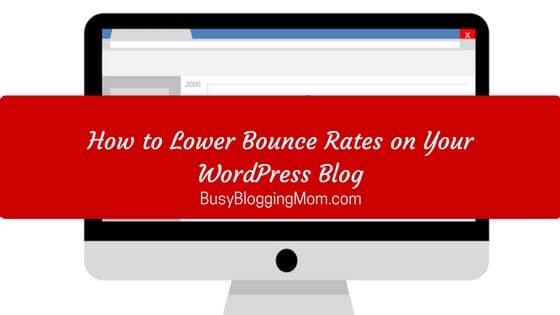
One of the most important analytics that you can track is the bounce rate. A high bounce rate means that a large number of visitors are exiting your site without looking at any pages other than the one they initially land on. This can greatly impact on your site’s results and prevent it achieving its goals.
In this article, we will look at how to track your site’s bounce rates and consider the implications a high bounce rate will have on your blog’s success. We will then discuss a number of ways to lower your site’s bounce rates, giving you actionable tasks and strategies to implement.
Why You Should Monitor Your Blog’s Bounce Rates
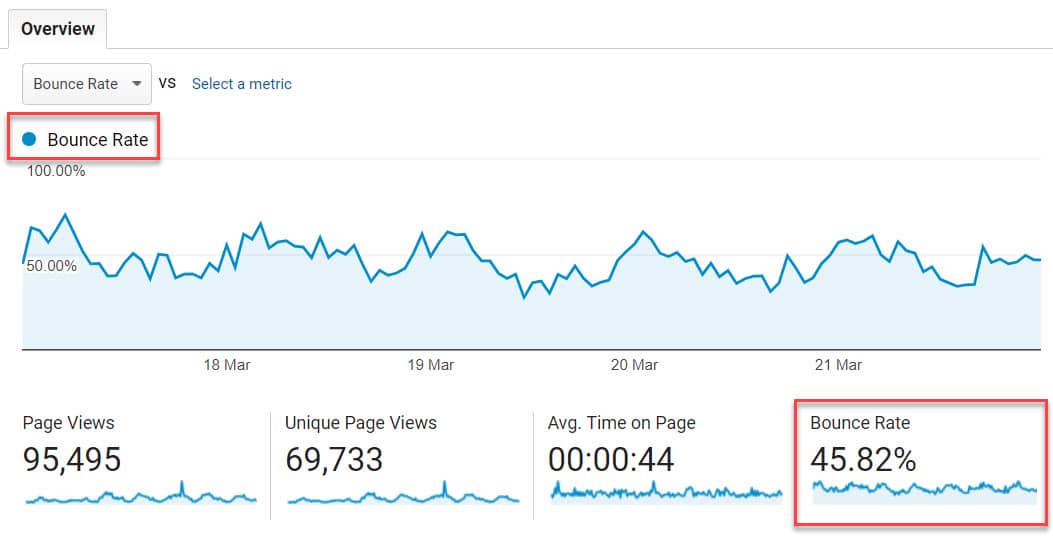
High bounce rates will nearly always have a detrimental effect on your blog. The bounce rate is the number of people who leave your site without visiting a second page. High bounce rates lead to low engagement, poor lead generation, below expectation returning visitor numbers, and ultimately your site not converting against its goals.
Therefore, it is crucial to track your bounce rates, so if they are high you can do something about it. Luckily monitoring your blog’s analytics is free to do, and quick and easy to set up. Let’s find out how…
How to Track Your Site’s Bounce Rates
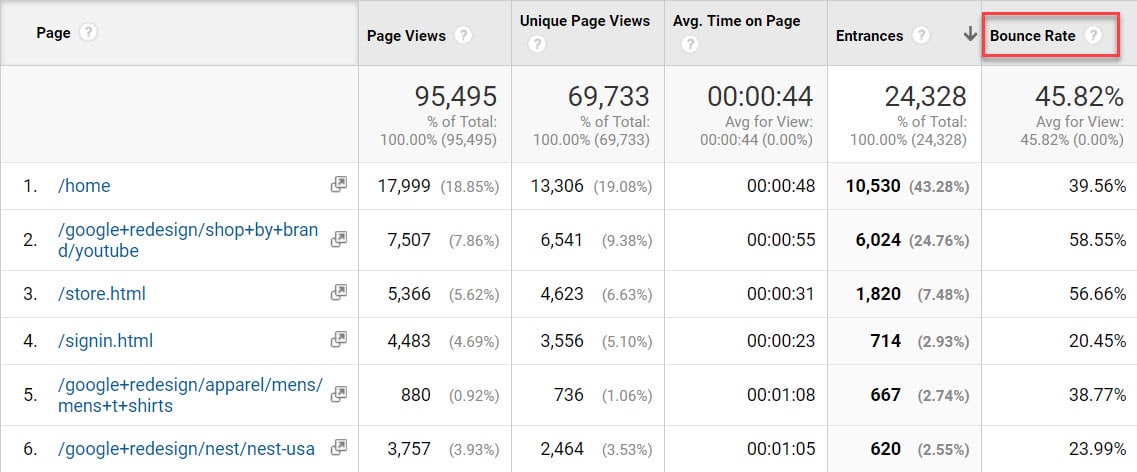
Google Analytics is a free solution that will track your blog’s analytics and report its findings in easy to read charts and graphs. It will show you which pages have particularly high bounce rates, where your bounce rate visitors are originally coming from, and whether the bounce rates are increasing or decreasing over time.
Although bounce rates can be caused by many factors, these insights will give you a clearer understanding of how your audience is behaving on your site, and what might be causing them to leave. This can help you implement strategies to lower bounce rates.
To get started with Google Analytics, simply create an account. Then integrate your WordPress blog with Google Analytics by installing the free plugin Google Analytics for WordPress by MonsterInsights.
How to Lower Bounce Rates
There is no quick fix to lowering bounce rates. However, there are a number of approaches that you can trial that may make a difference…
Use a Premium Theme
If your site doesn’t look the part then your visitors won’t hang around to check it out. A theme that may have been on-trend a few years ago may already look tired and dated. And free themes often don’t have all the features and functionalities that most of us are used to when we visit a site.
If you want to really impress your audience then you should consider upgrading to a premium theme. A responsive, user-friendly, and beautiful premium theme will wow your users, and encourage them to stick around and browse your content. Check out Studiopress for a wide variety of advanced premium WordPress themes that will help you upgrade the user experience on your blog.
Display Related Posts
If your bounce rates are high, it could be because of a navigation problem. You need to make sure you are telling your audience what to do and where to go after they finish reading an article. Often your visitors will find an article on your blog via a search engine after typing in a specific search term – they will arrive on your site, read the article, and then leave. That is, unless you encourage them to open another page and read another blog post.
Displaying related posts at the bottom of an article is a great way to entice visitors to open another page and continue with their reading. To enable this feature on your website, install the popular free plugin Jetpack and activate its module Related Posts. Posts showing related content to that of the article being read by a visitor will then automatically be displayed at the bottom of the page. This will increase the time visitors spend on your site, lower bounce rates, and improve the chances of conversions.
Avoid Popups
Popups can be extremely irritating and although they can increase lead generation, they can also cause bounce rates to spike. If you are going to use a popup, ensure that it adds value to your audience and doesn’t just ask for their email. Try offering a high-quality lead magnet, discount, free trial or some other useful or relevant info that will appeal to your readers.
Using exit pop-ups is also a great idea. An exit pop-up doesn’t interrupt your visitors’ experience whilst they are on your site, and can even delay their departure. To enable stylish and attention-grabbing exit pop-ups on your website, give OptinMonster a try.
Improve Your Site’s Speed
A site that is slow to load will always have high bounce rates. Nowadays, readers are not happy to sit around and wait for an article to load. So it is imperative that your content is always delivered quickly.
Upgrading your hosting is one of the key ways to improve your site’s speed. Using a reliable hosting service like SiteGround will ensure not only quick loading times but also less downtime and better security for your blog. SiteGround provides managed WordPress hosting for websites of all sizes, so whatever your needs you’ll find something that suits.
For further information on improving your site’s speed, check out our article ‘How to Speed up Your Blog’.
Rank for the Right Keywords
If your articles are ranking for the wrong keywords, then you won’t be attracting the right type of visitor to your site. And if anyone other than your target audience arrives on your site, expect them to bounce pretty much straight away. Therefore, it is important that you focus on your SEO to make sure every article is optimized for the search engines.
The free WordPress plugin Yoast SEO can help improve your site’s SEO. Once installed, Yoast SEO will analyze each article for keywords and readability. This will help your articles rank for the right keywords in the search engines, and attract your target audience to your site.
Final Thoughts on How to Lower Bounce Rates on Your WordPress Blog
As you can see, there is much you can do to lower bounce rates on your WordPress blog. Monitor your analytics, trial the strategies above, and find out what works for your website. Good Luck!
Which strategies will you implement to lower your bounce rates? Please share your thoughts in the comments below…


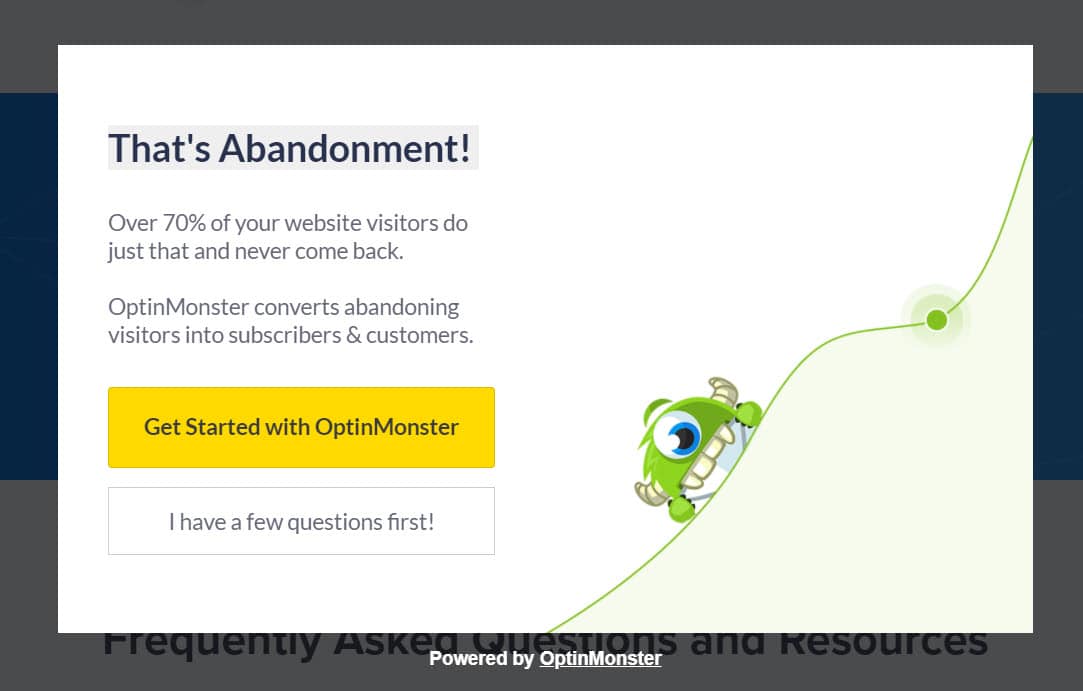



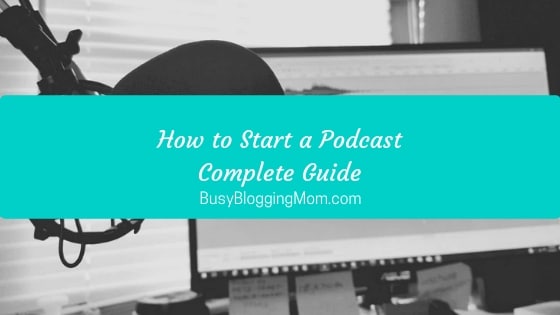

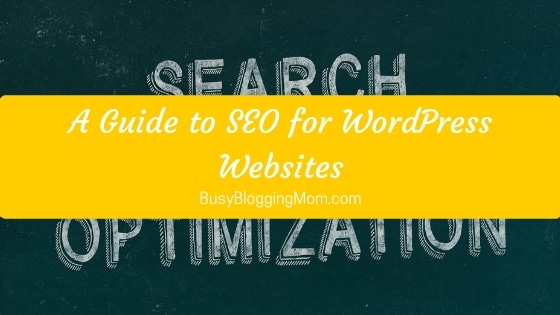







Megan – great tips! Now I need to go and check my bounce rate.
I hadn’t thought about how navigation could be an issue. As bloggers, we know the ins and outs of our site. However, having a fresh pair of eyes on the site, testing it out, certainly can’t hurt.
Thanks for the post!
Hi Ruth,
Thanks for your comment and glad you found the article helpful.
Best of luck with your blog.
Megan